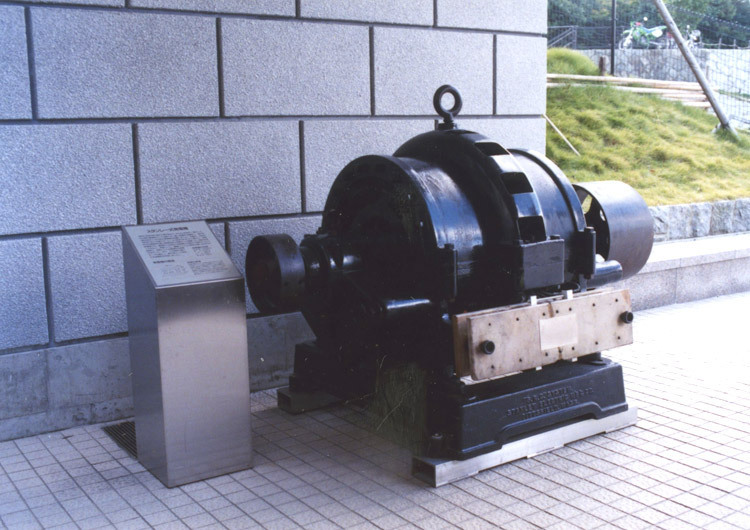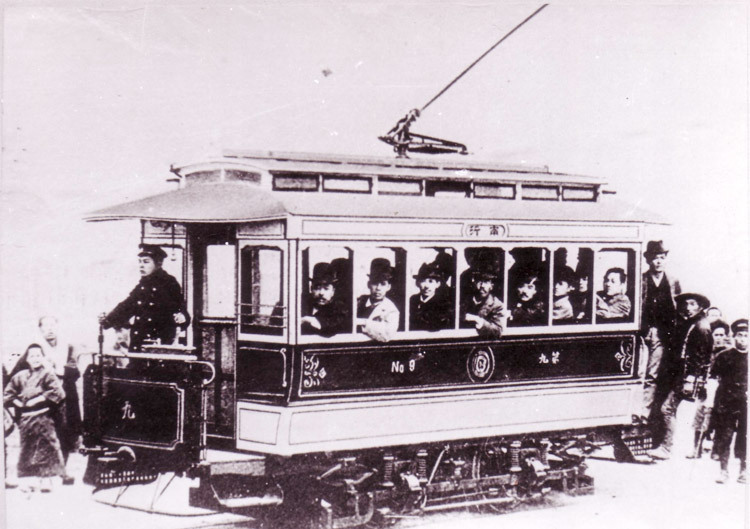Episode
Development of Kyoto as a consequence of its new abundance of energy
One of the utilization purposes of the Lake Biwa Canal was promotion of industry through use of energy obtained by water turbines. However, the plan was changed in the middle of construction to cater for utilization of hydroelectric power generation.
Keage Power Plant started its power generation in 1891. However, the power transmission area was limited because they used direct-current generators. Therefore, the power utilization fell short of what was hoped for.
Four years later, with the introduction of alternating-current generators and alternating-current motors, long-distance power transmission was possible, and power usage increased dramatically.
The plant provided electricity to the city, providing power for electric lighting and machinery. The power was used for industries such as spinning, clockmaking and other equipment, cigarette or beverage production, printing, and the film industry. New industries and cultures were created and developed with use of the electric power.
Then, in 1895, the Kyoto Electric Railway started operation of Japan’s first electrified railway. The first line was installed between Higashinotoin-Shiokoji and Fushimi-Aburakake.
The new energy provided by hydroelectric power generation was a major driving force for the reconstruction, modernization, and development of Kyoto.

Manufactured by Stanley Electric Co., Ltd. (US)
Two-phase alternating-current generator used at the Keage Power Plant (first construction period). The two-phase type is a generator system in which two coils are combined in a cross shape. A magnet is placed in the center of the combined coils and rotated to generate electricity.

March 1895
(Owned by Kyoto Municipal Transportation Bureau)



